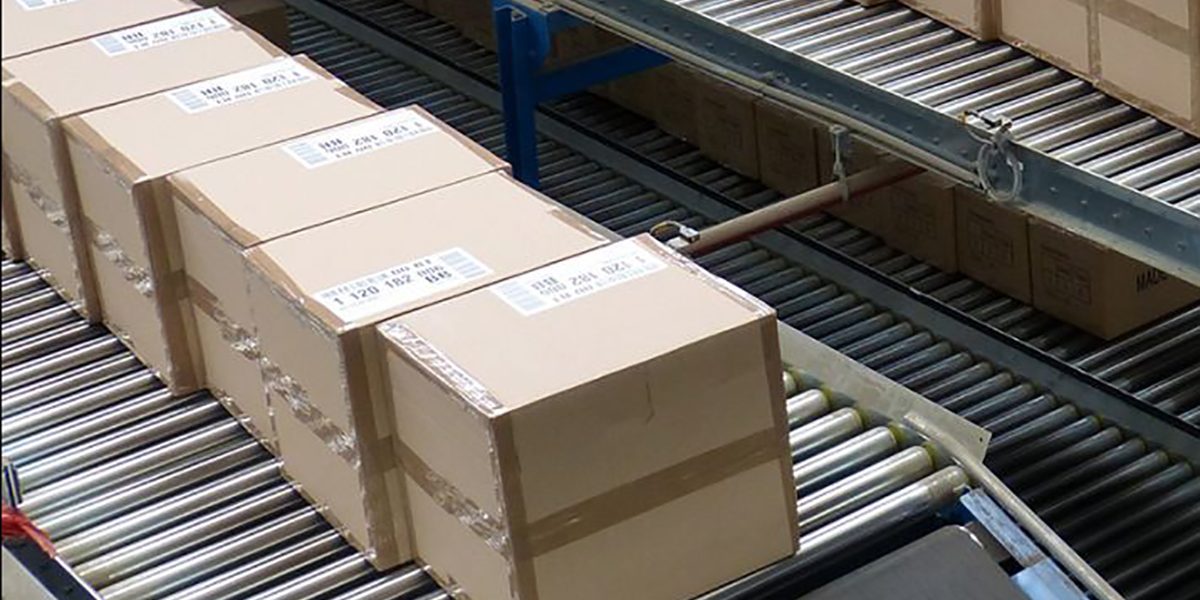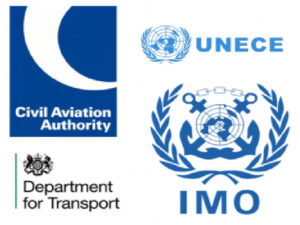The UN Recommendations recognises that many dangerous goods (DG) articles when shipped in limited quantities present a reduced hazard during transport and can be safely carried in good quality packaging.
When shipped by Road, Sea or Air, small quantities of Dangerous Goods – referred to as “limited quantities”—allow some aspects of the Dangerous Good’s shipping requirements to be bypassed.
Here is our short guide to transporting limited quantities. Please note that Dangerous Goods training by each mode of transport is required.
Limited Quantity Dangerous Goods by Air (IATA/ICAO Dangerous Goods Regulations)
Shipping any dangerous goods by air is inherently more dangerous than shipping by other modes. When shipped by air, the benefits of limited quantity packaging allow you to bypass the following IATA DGR requirements;
- No UN Specification Marked Packaging is required (Section 6.3)
- No UN Package performance testing is required (Section 6.0.4)
All of the following IATA DGR requirements must remain in place;
- Must meet most general packaging requirements section 5.0.2-5.0.4; (i.e., “strong outer packaging”)
- Must be a “combination” packaging (inners or solids packed in an outer)
- Cannot exceed a gross weight of 30 kg
- Must be limited to the maximum net quantity per package indicated in Column H of the List of Dangerous Goods List
- Follows the “Y” packaging instructions indicated in Column G of the Dangerous Goods List
- Must be fully marked as per the regulations (UN#, Proper Shipping Name, Net Qty, Full Name & Address of the Shipper & Consignee)
- Must be labelled with the Hazard Class that is being transported
- A Shipper Declaration must support the movement of the goods
Note: The Limited Quantity label for Road and Sea may also be applied under section 7.1.5.6
“Packages bearing the limited quantity mark for Road & Sea transport are acceptable for air transport provided that the dangerous goods and their packagings are in full compliance with the regulations.
The packages should bear all the marks and labels required by the IATA Dangerous Goods Regulations.
Limited Quantity Dangerous Goods by Sea (International Maritime Dangerous Goods (IMDG) Code)
When shipping by Sea, the benefits of limited quantity packaging allow you to bypass the following IMDG Code requirements;
- No UN Specification Marked Packaging is required (Part 6.1.3)
- No UN Package performance testing is required (Part 6.1.5)
- Labelling Requirements (Part 5.2.2)
- Display of Proper Shipping Names/UN # on Cargo Transport Units with single UN’s (Part 5.3.2)
- Some segregation requirements
All of the following IMDG Code requirements must remain in place;
- Must meet most general packaging requirements Part 4.1.1.1 -4.1.1.8; (i.e., “strong outer packaging”)
- Must be a “combination” packaging (inners or solids packed in an outer)
- Cannot exceed a gross weight of 30 kg
- Conform to the inner packaging limits in the DG List column 7a
- A Dangerous Goods Note must support the movement of the goods
Limited Quantity Dangerous Goods by Road (International Carriage of Dangerous Goods (ADR))
When shipping by Road, the benefits of limited quantity packaging allow you to bypass the following ADR requirements;
- No UN Specification Marked Packaging is required (Part 6.1.3)
- No UN Package performance testing is required (Part 6.1.5)
- Labelling Requirements (Part 5.2.2)
- Instructions in Writing (Part 5.4.3)
- Requirements for vehicle crews, equipment, operation and documentation (Part 8)
All of the following ADR requirements must remain in place;
- Exemption Limits Part 1.3
- Must meet most general packaging requirements Part 4.1.1.1 -4.1.1.8; (i.e., “strong outer packaging”)
- Must be a “combination” packaging (inners or solids packed in an outer)
- Cannot exceed a gross weight of 30 kg
- Conform to the inner packaging limits in the DG List column 7a
- Container/ Vehicle Packaging Certification completion
- Tunnel Restriction Codes




